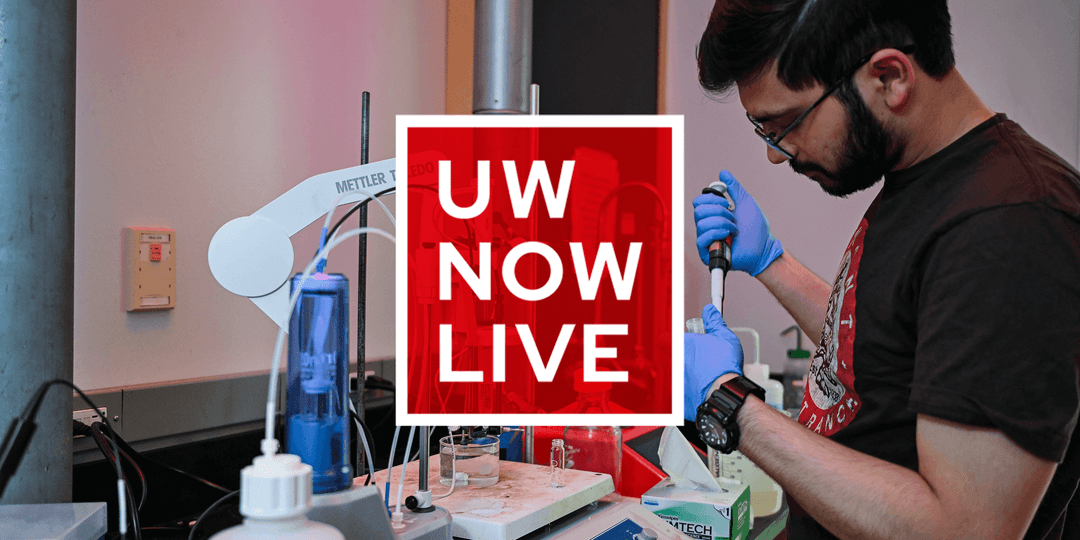As the state veterinarian at the Wisconsin Department of Agriculture, Trade, and Consumer Protection (DATCP), Darlene Konkle ’89, DVM’93, MS’97 is tasked with implementing agricultural policies and programs that promote animal health — something she believes is closely intertwined with human and environmental health. If not properly handled, the continued spread of H5N1, a strain of highly pathogenic avian influenza, to cows and other mammalian species could threaten the welfare of Wisconsin livestock and disrupt the state’s dairy industry. Learn more about H5N1 and its implications for Wisconsin’s two-legged and four-legged residents on The UW Now Livestream on June 18.
My Chief Area of Expertise Is:
I’m the state veterinarian at the Wisconsin Department of Agriculture Trade and Consumer Protection, and I’m an administrator for the Division of Animal Health within the agency. So, my role is to oversee animal health disease prevention and control programs for the state. We have 45 people in the division working on various programs on cattle health, equine, sheep and goat, swine, poultry, and others, and also companion animals in the state. I’ve been working with DATCP for 18 years now in various programs.
Tonight on The UW Now Livestream, I’ll Discuss:
What I plan to talk about is to give a brief overview of the highly pathogenic avian influenza H5N1 situation in the U.S. over the past couple of years and the recent detections in dairy cattle in the U.S. I will touch on other species as well. [This virus] certainly had an effect over the past couple of years on poultry and on wild birds, and there have been other detections in mammals as well. But most of what I’ll talk about is the recent dairy cattle detections.
The Main Thing I Want Viewers to Remember Is:
The biggest takeaway I’d like to leave with viewers is the fact that animal health and human health — and the health of the shared environment — is all interconnected. We like to call that one health. And it’s just a really important concept that we keep in mind all the time; those areas are interconnected, and we work with our colleagues in public health and wildlife health regularly on emerging disease incidents like this one.
To Get Smart Fast, See:
I would point people to a couple of different websites, [including] the DATCP website. We have a page for the H5N1 virus and dairy cattle and also lots of information on H5N1 in poultry, resources on bio security, and links to other websites. I would also direct people to the U.S. Department of Agriculture’s website. They have quite a bit of information on avian influenza and poultry, in livestock, and in other species, as well as some recent information they’ve posted on the epidemiological studies they’ve been doing with these recent cases.



